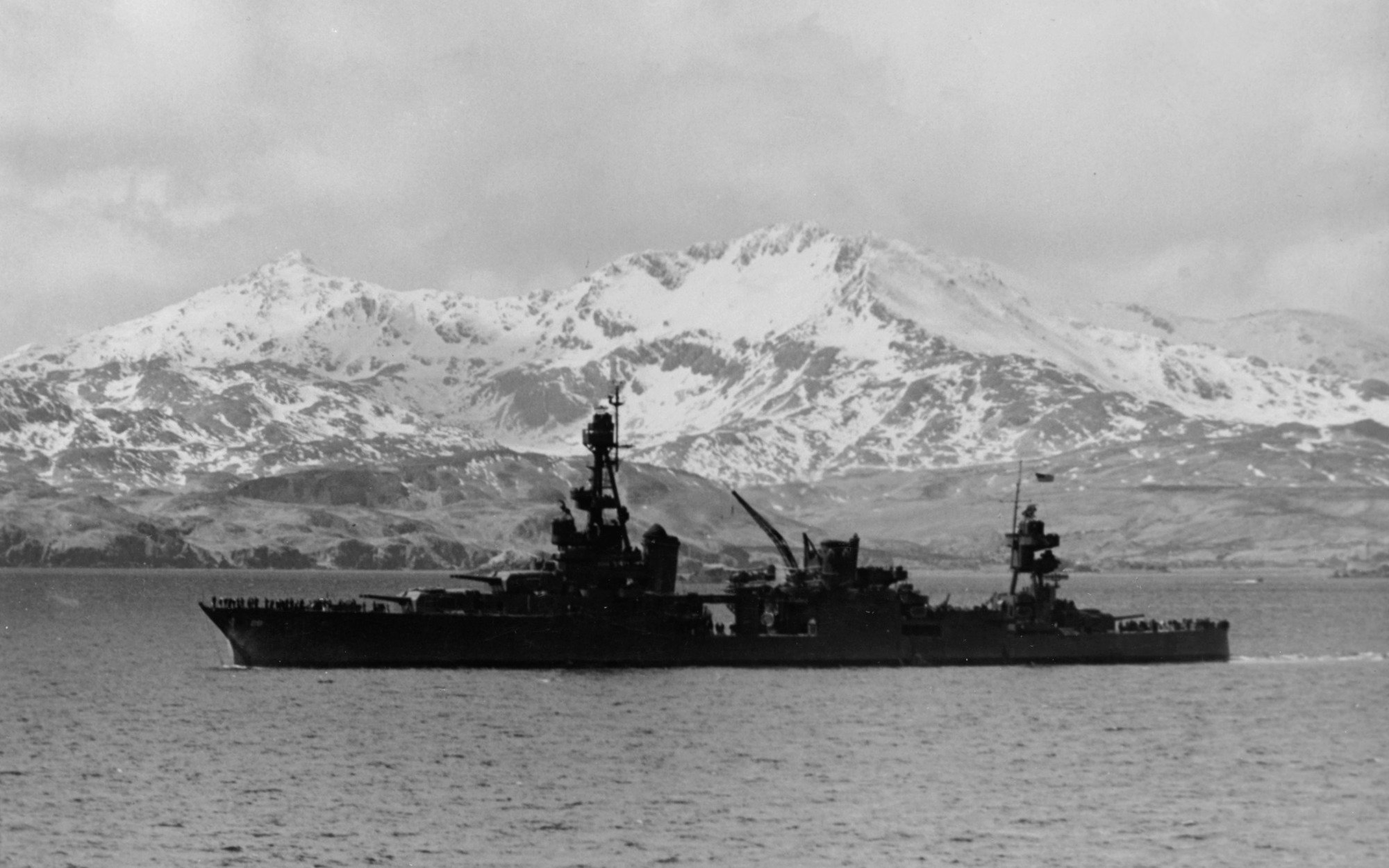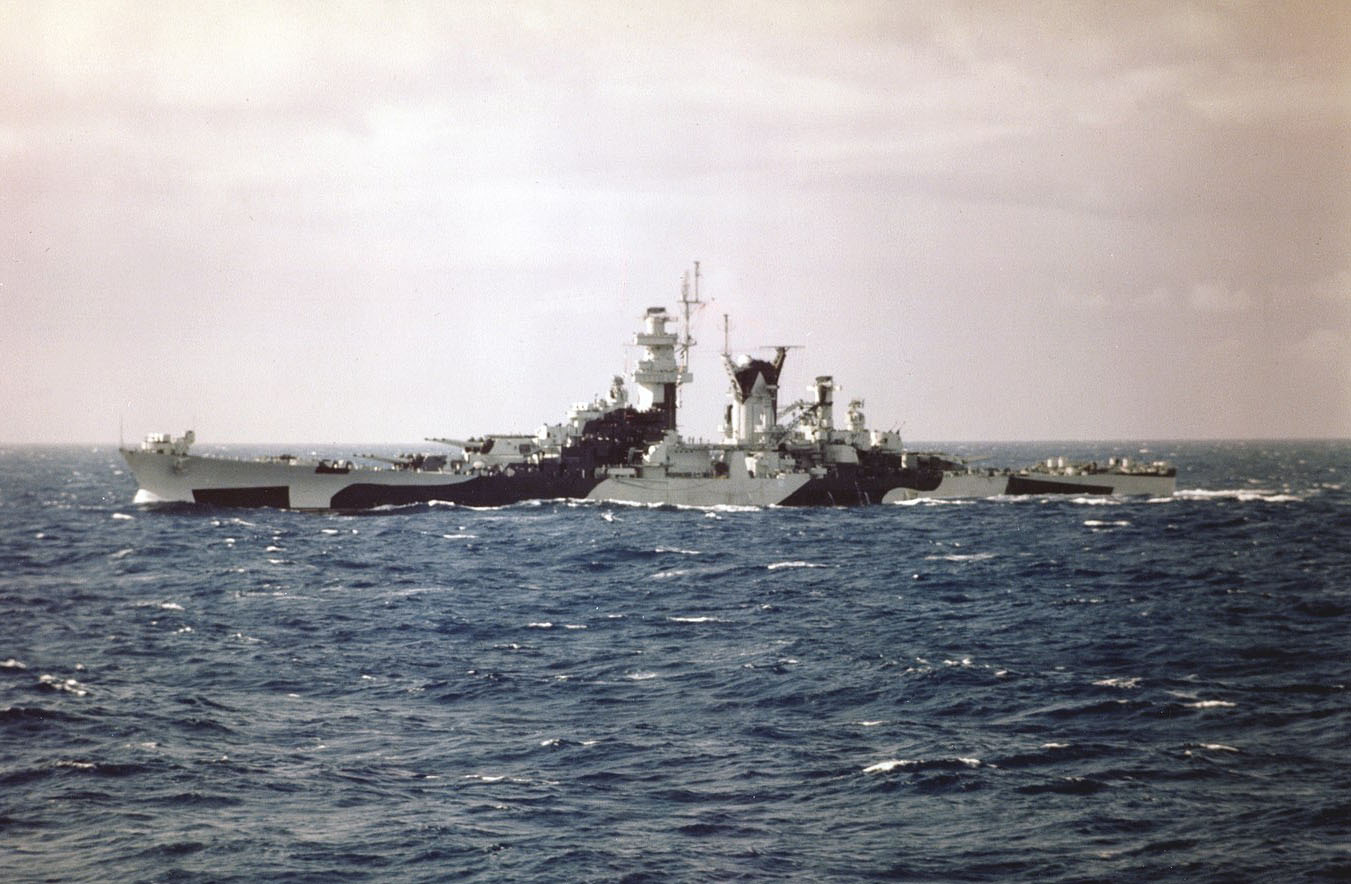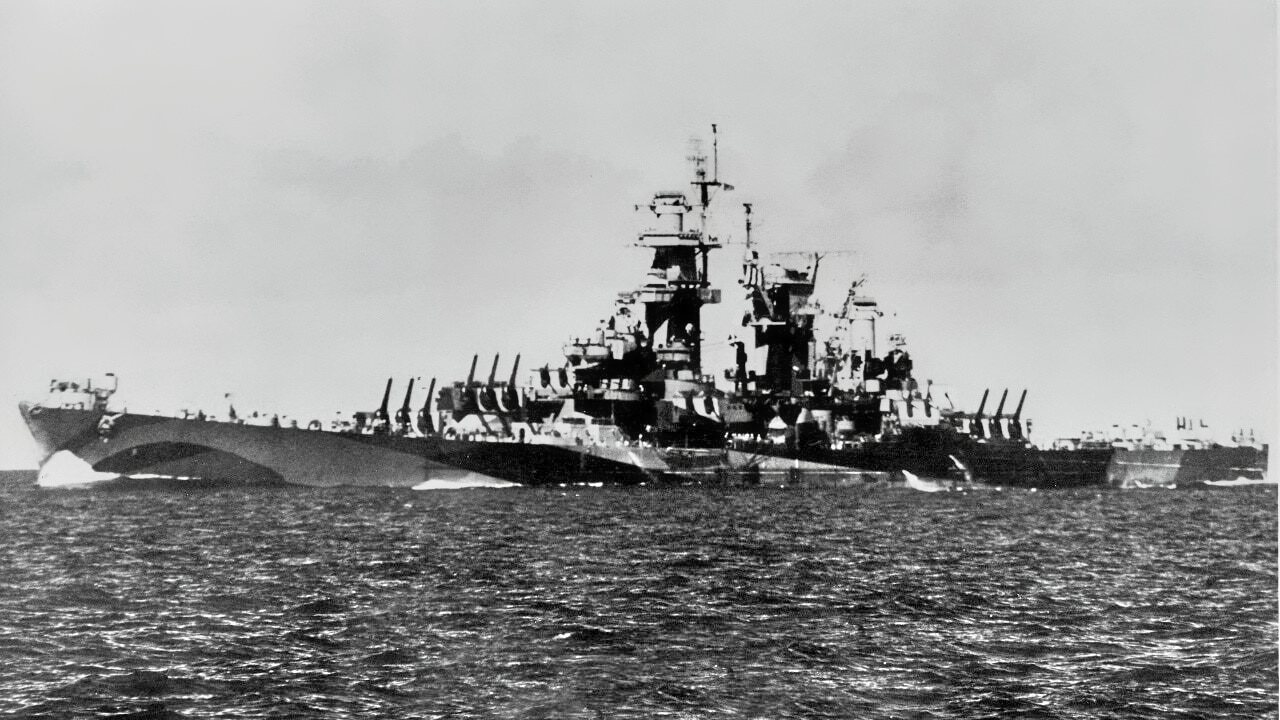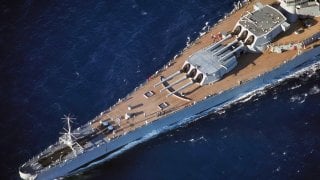Alaska-Class Battlecruisers: Why the U.S. Navy Only Built 2 of These Warships
Although the Alaska-class tragically did not live up to expectations, if these vessels had been introduced in World War I they indeed would have dominated the seas.
Summary and Key Points: The U.S. Navy's Alaska-class battlecruisers were developed during World War II to counter Germany's pocket battleships and potential Japanese equivalents. These massive, heavily armed ships were designed for shore bombardment and carrier escort duties but were rendered obsolete by the rapid advancement of naval aviation, particularly carrier-based warfare.

-Despite their impressive size and firepower, only two of the six planned ships, USS Alaska and USS Guam, were completed. They served briefly before being decommissioned in 1947.
-The Alaska-class ships are still debated for their unique "CB" classification, which reflects their hybrid nature between battleships and cruisers.
The Alaska-Class Battlecruiser Debate, Explained
Prior to the outbreak of the Second World War, the U.S. wanted to emulate Germany’s hybrid “pocket battleships.”
These heavily armed cruisers were innovative for the time, powered by all-diesel propulsion and constructed by welding.
The Deutschland, Admiral Scheer and Admiral Grad Spee were deployed to the Atlantic before World War II erupted and put in a position to attack Allied merchant traffic.
The U.S. desired its own warships that could better counter this German trio, which resulted in the development of the Alaska-class battlecruiser.
However, when these new ships entered service, they were rendered technologically obsolete.
An overview of the Alaska-Class
Following World War I, the U.S., Britain, France, Japan and Italy all signed the Washington Naval Treaty along with other similar agreements.
These treaties dictated that the displacement of heavy cruisers was limited to 10,000 tons. In the late 1930s, it was rumored that Japan was beginning to design its copycat version of Germany’s pocket battleships.
U.S. intelligence on the matter suggested that the new vessels would be way more potent than America’s heavy cruisers.
In 1940, the U.S. passed the Vinson-Walsh Act- also known as the Two-Ocean Treaty, which immediately increased the size of the Navy by 70%.
Around this time, the General Board requested that the Bureau of Construction and Repair carry out a study involving the types of naval vessels up for consideration in an expanded building program.
While building a new cruiser class was expensive, costing $74 million per vessel in 1941 dollars, the Navy required new boats to fight a two-front war.
The design process of the Alaska-Class ships was not “smooth sailing”
A litany of alterations and modifications made to the initial Alaska-class design made the whole process “torturous,” according to historians. The CA2-D cruiser was the first Alaska design to surface.
As detailed by Naval General Board, “It was also the largest. At 850′ in length at the waterline and with a waterline beam of 99′ (Overall beam was 104′ 6″). This resulted in a standard displacement of 38,700 tons, greater than that allowed for treaty battleships (Though at the time of the CA2-D design the “Escalator Clause” was in effect, allowing for battleships of up to 45,000 tons).”

The Alaska ships’ larger size enabled for a more formidable armament. Her primary firepower would have been a dozen guns in four triple turrets. The CA2-D cruiser featured two mounts on the centerline that fired over primary turrets. Additionally, dual-purpose guns were fitted to give them enhanced firing arcs to cover targets forward and aft of the vessel.
Four-shaft General Electric steam turbines, eight Babcock & Wilcox boilers, and double-reduction gearing powered the battlecruiser. This propulsion system was good for roughly 150,000 horsepower, a maximum speed of 33 knots, and a range between 12 and 14,000 nautical miles.
What triggered the Alaska-Class’ downfall?
The Navy completed its first two Alaska-class cruisers in late 1944.
The Alaska and Guam did not receive their first mission until 1945, when the two boats were used for shore bombardment and escort duty.
By the time the few Alaska-class ships entered service in the Pacific Theatre, Japan was largely already defeated thanks to the Navy’s aircraft carriers and submarines.
A planned third ship- the Hawaii- was never completed. The Alaska supported the landings on Okinawa and the Alaska was deployed to protect the Essex-class aircraft carrier.
Ultimately, these ships never filled the role they were designed to fulfill. When Japan attacked Pearl Harbor in 1941, the U.S. military shifted its focus to prioritize the construction of aircraft carriers instead of hefty battleships and cruisers. Carrier-borne aviation had become the leading tenant of warfare at the time, rendering the Alaska-class cruisers as dated.
Really A Battlecruiser?
By 1947, the ships were decommissioned after only serving for less than two years. While the ship’s record is short, analysts and military experts still debate the right designation for the Alaska-class.

As explained by the National World War II museum, “Due to the uniqueness of the Alaska-class design, these ships were not classified “CA” as typical for heavy cruisers, but instead “CB” for large cruiser. Also, as a nod to their not-quite-battleship, not-quite-cruiser roots, instead of being named after US states or cities, the ships were named after US territories with the USS Alaska (CB-1) being the first. The rest of the class would be the USS Guam (CB-2), USS Hawaii (CB-3), USS Philippines (CB-4), USS Puerto Rico (CB-5), and USS Samoa (CB-6).”
Although the Alaska-class tragically did not live up to expectations, if these vessels had been introduced in World War I they indeed would have dominated the seas.
About the Author: Maya Carlin
Maya Carlin, National Security Writer with The National Interest, is an analyst with the Center for Security Policy and a former Anna Sobol Levy Fellow at IDC Herzliya in Israel. She has by-lines in many publications, including The National Interest, Jerusalem Post, and Times of Israel. You can follow her on Twitter: @MayaCarlin. Email the author: [email protected].


